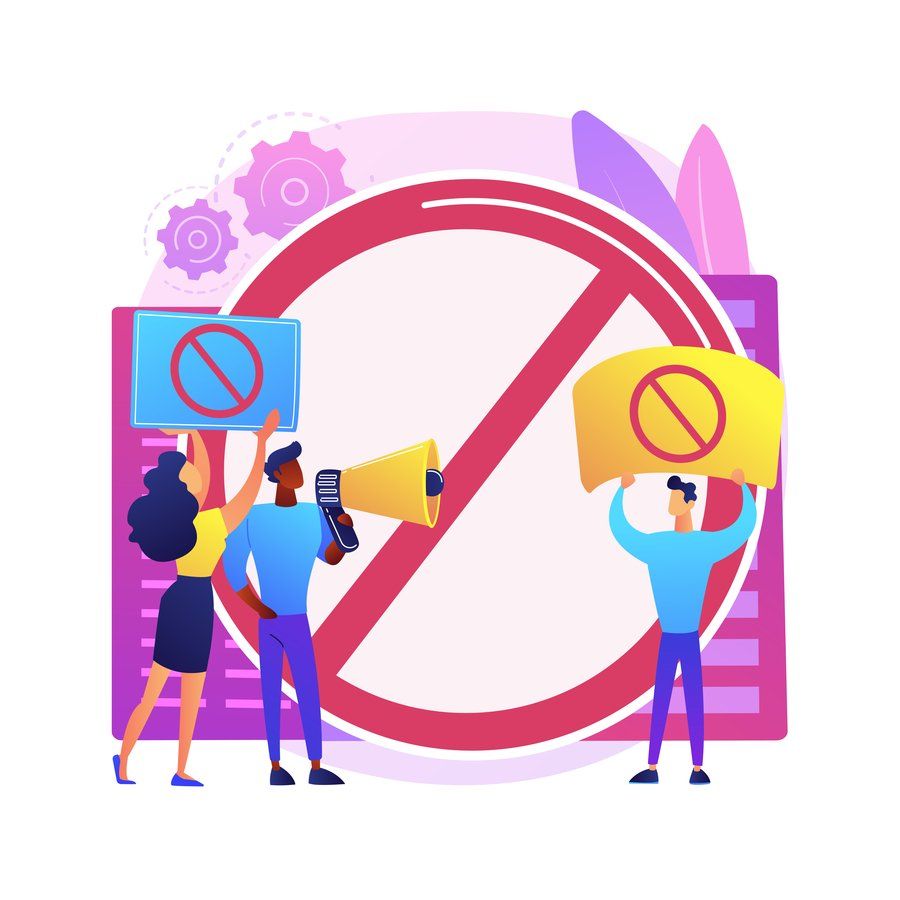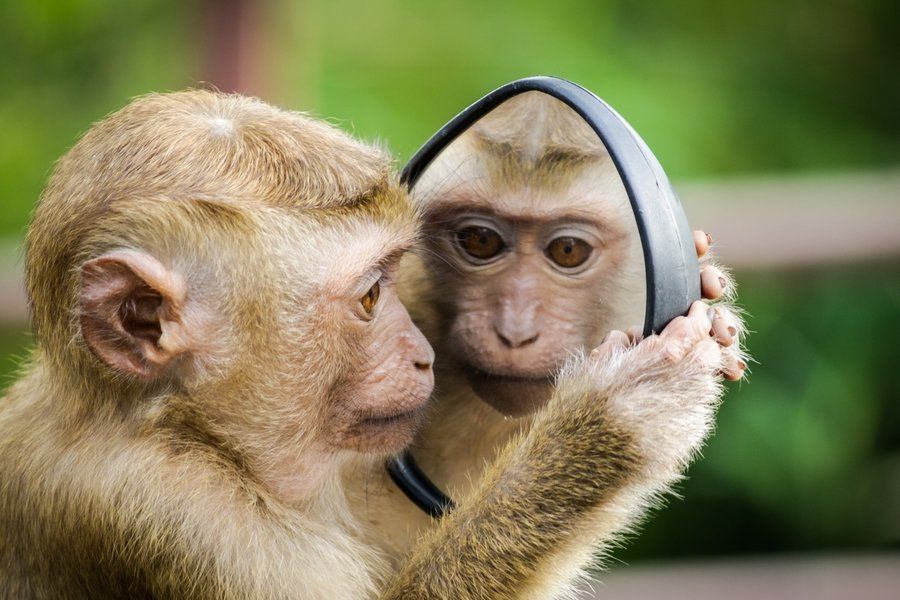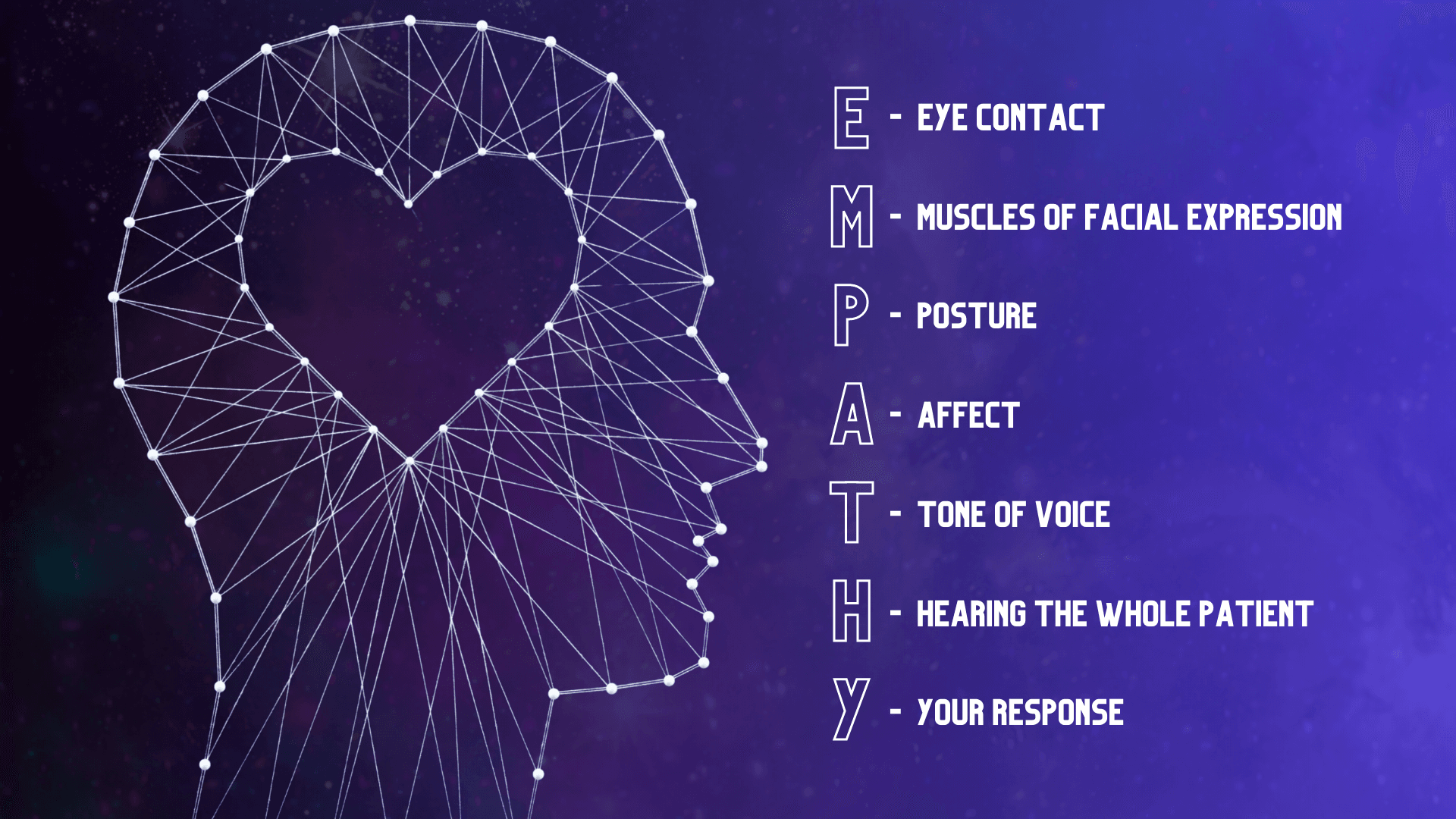Career Management: Whom, Why AND How

In the final part of our career series, we take a look at career management.
We started off by looking at the six interest categories and the type of work it involves. Then we looked at how we could explore our interest in these activities whilst still at school.
Finally, we looked at how the individual can start exploring the world of work by dating your job.
This article, however, is targeted at individuals who have already been in the world of work and are either looking to get some direction or know where they want to be, just not how to get there.
Knowing your purpose
Everyone’s career journey is different. There are individuals like Steve Jobs and Bill Gates who knew what they wanted to do for the rest of their lives at a young age. Jobs had a vision of “a computer for the rest of us” and Gates never gave up on his passion for software programming, even while being enrolled in a law programme at the behest of his parents.
The rest of us who do not have such a clear ambition, goal, or even calling as some may call it, can only look on in envy as we go through our own less-than-exciting careers wondering how we can be more engaged in what we do.
Well, if you find yourself wondering how you can engage in a job that fits your passion or skills a bit more, this article is for you.
Individuals who have strong convictions on their career path at a young age are relatively rare. Most of us figure it out along the way, like Sir Richard Branson who is known for his ownership of Virgin Atlantic.
He started out as a producer before moving on establishing Virgin Records, and then Virgin group. Or our very own Tan Sri Tony Fernandes, the man who built AirAsia Bhd. He started in the accounting industry and moved to music with Warner Music before founding AirAsia.
Just like how we slowly start to make better decisions as we make bad ones, many of us arrive at our ideal careers along the way. The trick is to arrive sooner rather than later and that’s what this article hopes to help you with.
If you’ve ever spent significant amounts of time planning for an event, you’d realise that things rarely go according to plan. It’s very similar to career planning; things rarely go according to plan.
However, these “disruptions” to the plan usually lead to different and new opportunities that we may not capitalise due to a lack of awareness or preparation. Enter the Planned Happenstance model.
The Planned Happenstance is as much a model for career counselling as much as it is a stance or an attitude to have. The model views disruptions to your plans as “chance events,” not to be dismissed but to be explored for future possibilities.
Therefore, decision-making is not the focus but the generating of new opportunities as it turns indecision into open-mindedness.
Step 1: Recognise your own role in producing chance events
If you reflect upon your life thus far, you will realise that many “chance events” have already happened in your life.
Think about the time when you were serendipitously introduced to someone who’d become an influential mentor or contact, or how you came across an ad for your first job while browsing for something totally unrelated.
Or the time where you got involved in a random project that led to new directions in your interest. Although these events may have happened out of coincidence, you will realise those outcomes were only possible due to certain actions or decisions you made.
Focusing on your actions that lead to positive outcomes is a critical component to this model.
Step 2: Transform curiosity into opportunities for exploration and learning
A central component to capitalising on chance events is your curiosity. Certain things may stand out as you notice unplanned events or chance upon random information.
As curiosity without action will only remain a thought, use these chance events as an opportunity to indulge and do something about it.
In situations such as these, traits such as flexibility and risk-taking will be advantageous as you take the plunge and explore the chance event.
It’s important to remember that these are not mindless or random sensation-seeking behaviour but purposeful and intentional action with the goal of learning more about yourself. This will allow you to maximise the benefits from unplanned events.
Step 3: Learning to generate more chance events
After you’ve learnt how to get the most out of chance events, you then move to generating more of these events to expand your possibilities and opportunities.
At this stage, it’s important to ask yourself what kind of opportunities you’d like. You may have once took an interest in an event organised by a different department, a project by the marketing department that you felt you could make a contribution, or a side job that you have a passion for.
The concept is simple; the more you do about your career development, the higher the chance something will happen. So ask yourself, “What can I do to increase the chances of that happening?”
It could mean sending an e-mail to the Head of Marketing, enquiring about the project and volunteering some of your time. Or maybe it entails going for events or talks related to your passion to increase your network.
Step 4: Change resistance into optimism
It’s normal to feel resistance when you encounter a novel and uncertain situation as we are drawn to our comfort zones.
However, as Albert Einstein once said, “Insanity is doing the same thing over and over again while expecting different results.” To generate more opportunities, you may need to step out from the known into the unknown.
As such, developing traits such as persistence and optimism in addition to curiosity, risk-taking, and flexibility will go a long way to making this model work for you. Explore the reasons for your resistance as nothing will happen unless you start to take action.
Boundary-less career
Recognising the rapid change that happens in careers, Michael Arthur and Denise Rousseau developed the concept of the boundary-less career. The boundary-less career is an occupational path that is not bound within a specific organisation or position.
It is encouraged through project-based competency development across positions and organisations. It outlines three different types of “knowing” in order to successfully manage career change.
As the purpose of planned happenstance is about generating opportunities and learning about yourself, it’s important to keep stock of what you’ve learnt throughout the process.
The three types of knowing seems especially suitable for this purpose.
In short, fret not if you’re feeling stuck and do not have a career plan because every moment you are still alive is hope that you can make tomorrow a better day. Learn to generate opportunities for yourself.
As you capitalise on these chance events, constantly ask yourself questions like:
(1) “What is my motivation behind this exploration?”
(2) “Who are key individuals in this project?” and
(3) “What kind of skills and competencies am I learning?”
Keep track of your answers to these questions as they will help you manage your career journey. Who knows, your dream job may just be waiting right around the corner.
Justin Yap is a counselling psychologist who is currently a counsellor, lecturer, and trainer with CAREERsense@HELP. He is also a counsellor, counselling supervisor, and trainer with The Mind Psychological Services and Training.
Personal
This article is published by the editors of Leaderonomics.com with the consent of the guest author.






